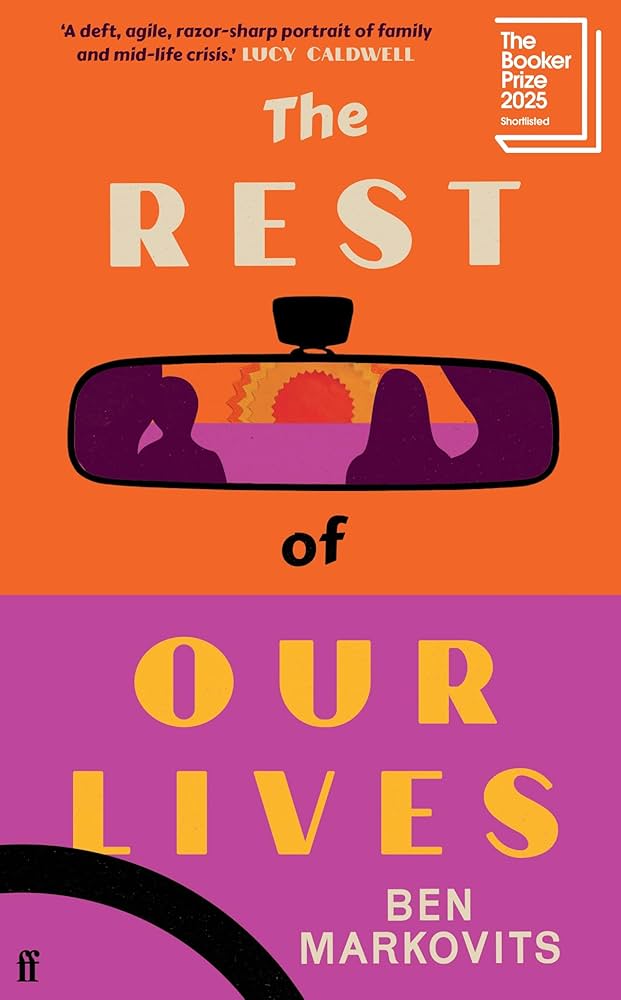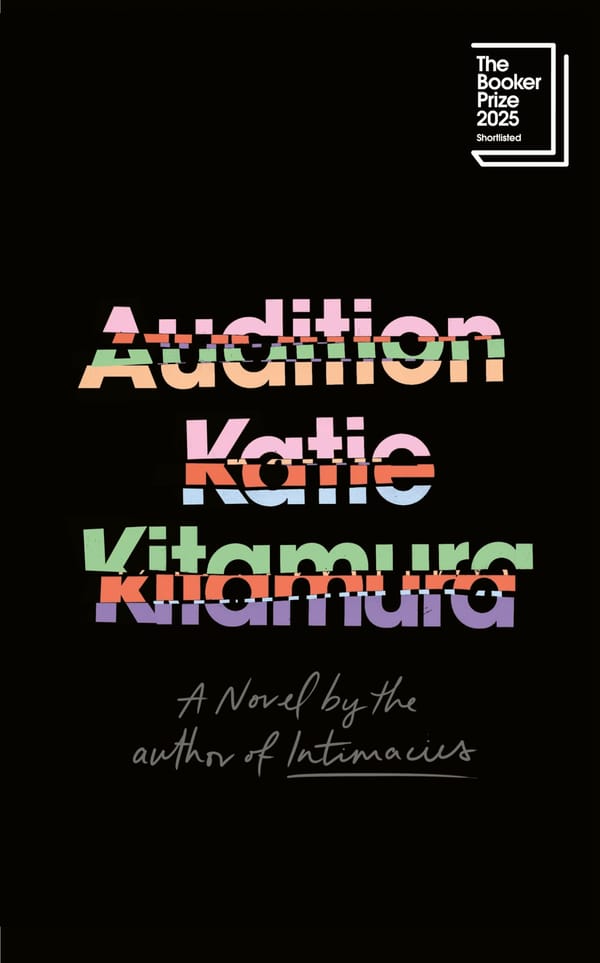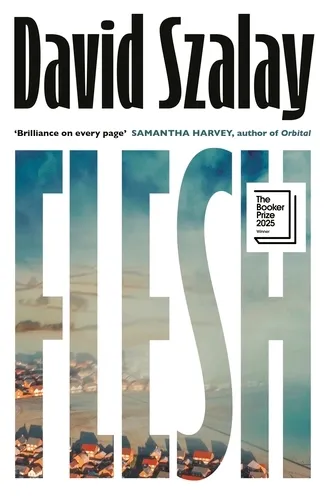The case for a pint – the beauty of alcohol
Why a purely health-oriented view of alcohol fails to capture the benefit of the substance to society.
Drinking is engrained in university culture. Whether this is detrimental to the shaping of young developing minds or not, it is here to stay. Waking up on the back of a long, sweaty night of tussling with fellow intoxicated Embargoes goers often prompts one to utter the all-too-familiar declaration: “I’m never drinking again.” However, with millennia of rich history behind it, there are a plethora of reasons not to abandon this age-old practice.
It is impossible to argue for the health benefits of drinking alcohol. Medical consensus is overwhelmingly clear on its dangers towards the human body, and even minute amounts of an alcoholic beverage are sufficient to introduce a variety of novel health concerns (or propel existing ones to higher levels) to the average person’s body.
Nevertheless, the beauty of alcohol stems not from its purely biological effects on the human body, but rather from its ability to facilitate social interaction. By suppressing the activity of the prefrontal cortex, alcohol reduces a user’s inhibitions. In taking the first sip of alcohol with fellow drinkers, an unofficial agreement emerges. One in which everyone within the community agrees to collectively, as Professor Edward Slingerland of UBC quips, “put their prefrontal cortices down on the table.” Without this vital evolutionary tool, lying and deception become burdensome, allowing the conversation to be steered by instinct and truth.
With millennia of rich history behind it, there are a plethora of reasons not to abandon this age-old practise
While the truthfulness of the Latin proverb “in vino veritas,” meaning “in wine, there is truth” is scientifically contestable, it nonetheless highlights the deep-rooted history of drinking as a cultivator of bonding between humans. As a fundamentally social species, Homo sapiens undertake the uniquely challenging struggle of juggling societies exponentially larger than those of other primates. For this reason, it is not unreasonable to view alcohol as a cultural technology developed to help respond to these challenges.
Some evidence even suggests that the first domesticated crops, such as the South American ancestor to corn and maize “teosinte,” were harvested not for nutrition, but for their psychoactive properties. While teosinte makes for a poor nutritional crop, its high sugar content makes it useful for brewing a beer-like substance known as chicha. This discovery leads many to believe that the domestication of crops by hunter gatherers was led by a demand for alcohol production, and predates the formation of early foods such as bread.
Just as every time one enters a car, they are risking the devastation of an accident, every time one reaches for a drink, they are increasing their odds of developing a range of health concerns. Instead of restricting the analysis of alcohol to a narrow view of its health implications, it may be beneficial to explore the topic holistically, weighing its admittedly important risks against its social benefits, which humanity has reaped for millenia.
While consensus has by no means been reached surrounding this debate, as you take the first sip of your ethanol concoction of choice at your next social, lay your prefrontal cortex down confidently, knowing that thousands of years of human history sit beside you. As Franklin D Roosevelt reportedly proclaimed, as he signed away the end of prohibition: “Now would be a good time for a beer.”






